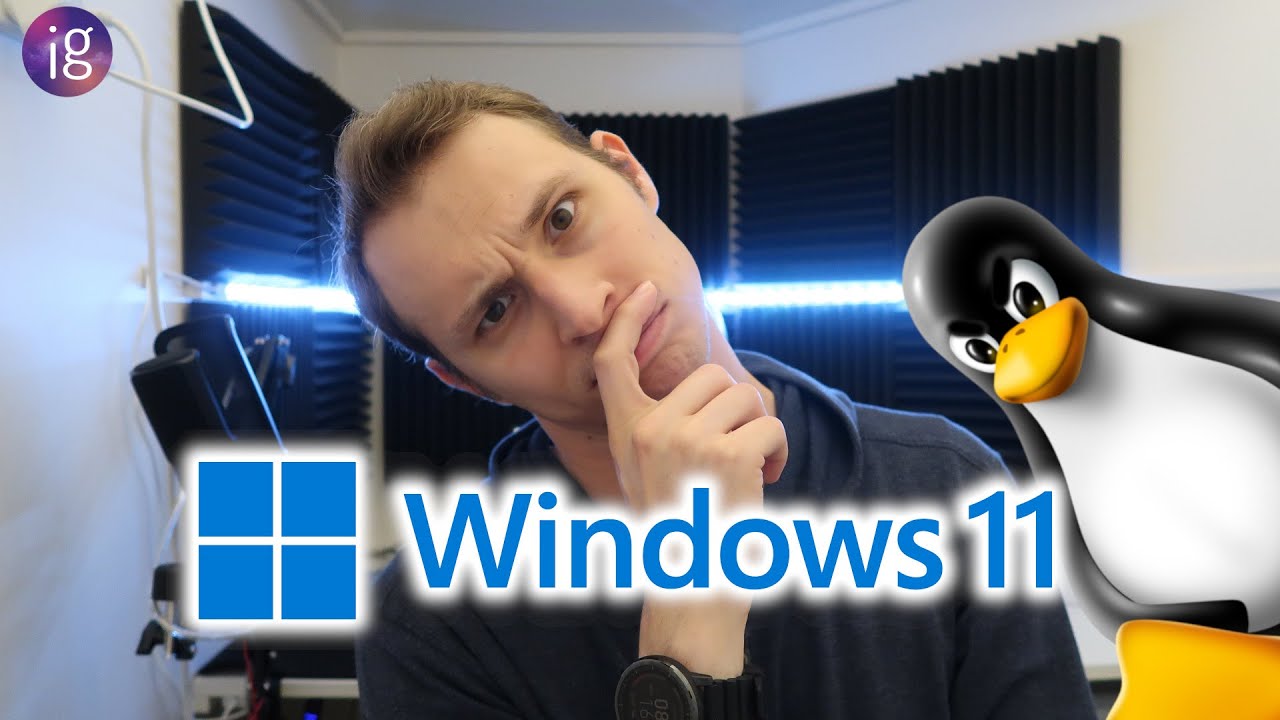Considering Changing from Windows to Linux?
For people new to Linux and wanting to test the water, here are some important things to consider, when considering and/or making the switch to Linux. There are also important steps one must take to do that. The purpose of this post is to help make those tasks as easy as possible. When you have the information you need, it really isn’t a difficult task. It just takes your learning a few major things, to get you started, and then your learning more as you go along. Those of us on this side of Windows or Mac believe the trip was a valuable experience and well worth the bit of effort it took.
There are many “flavors” of Linux. They are referred to as “distros,” since they’re various distributions of Linux. They provide differences in the look and feel of of the software, whether they’re for better equipped systems or older, less-equipped systems, and other considerations depending on the needs of a user. The most popular distros for people new to Linux tend to be based on Ubuntu Linux, a variation from Debian Linux that’s been highly developed for the new user experience. They include various Ubuntu distros, as well as others based on Ubuntu, like the popular Linux Mint, Zorin, and many others.
Here are three major steps along the initial journey to get from there to here:
1. Consider the various Linux distros available and which ones might work best for your needs. This will help familiarize you with what a Linux operating system looks like and how it works. This process will continue as you’re also working on the other steps.
2. Learn how to “burn” a Linux distro’s .iso file to a usb stick
3. Learn how to boot your Windows or Mac pc into the distro’s live demo that loads from that usb stick in your pc
2. & 3. I’m starting off with these two steps first, as described in the article below, so you can get comfortable with the idea of being able to do the technical part of the switch, or even just the evaluation of Linux, early in your investigation. Knowing that you can make the change, if you decide to, will help you feel more comfortable about even considering this change, while you’re in the process of learning more about the process and the benefits of moving to Linux. It’s explanation may not be identical to the specific distro you’re considering, but the basic concepts described there can be applied to other Linux distros.
The article below clearly explains and demonstrates how to initiate the technical part of an investigation of running Linux on your own pc. Take a look at it and scroll down the page now, to see what the process involves, even if you don’t have time to study it now. You can come back to it when you’re ready to begin that process. This way you’ll know about what needs to be done and can be done while you’re still considering the possibility of actually doing it.
Here’s what it covers:
1. Download the ISO image.
2. Install Rufus (There are also several other similar utilities you can use, that you may hear about in other articles or videos. Generally they work similarly and do the same job.)
3. Insert a blank USB drive.
4. Use Rufus to flash the .ISO to the drive.
5. Go into the pc’s BIOS and set the USB drive as first in the boot order.
6. Reboot into Linux (with that usb in your usb slot).
https://www.wikihow.com/Boot-Linux-from-a-USB-on-Windows-10
NOTE: When you’re learning about how a specific Linux distro works, often much or most of that will also apply to other Linux distros. Just get the concept and then you can adjust that information to other distros.
1. Now, let’s consider the various Linux distributions (flavors, so to speak) that are available to you. You’ll see a number of videos about various Linux distros in this link in our forum, I don't know where to start! - Your Linux Introduction, for all sorts of things relating to evaluating and moving to Linux, but focus on the part dealing with the various distros when you’re in that stage of learning. You’ll be learning about that in much of what you see about moving to Linux.
Below is a video that compares Windows 11 with the Linux distro Zorin 16, which is currently its latest version. Zorin is one distro thought to especially make Windows users feel comfortable when first encountering Linux. Linux Mint is another such distro, as are some others. Zorin was first launched in 2009, so it’s been around for 12 years now and is planning to stay around. It’s a great video for Windows users whose pcs may not be capable of upgrading to Windows 11.
Below is a video for those who are “stuck” in the Windows ecosystem but still want to come to Linux. Many of the ideas in the video will keep people from experiencing all of the freedom that “only Linux” users can enjoy, but it’s specifically aimed at people who want to make at least an effort to leave the Windows plantation, but who feel they can’t go all of the way just yet. For them, it’s particularly helpful. It’s also very helpful in showing anyone the difference between being in that ecosystem and being in the free air of Linux.
Feel free to add more to this page.

